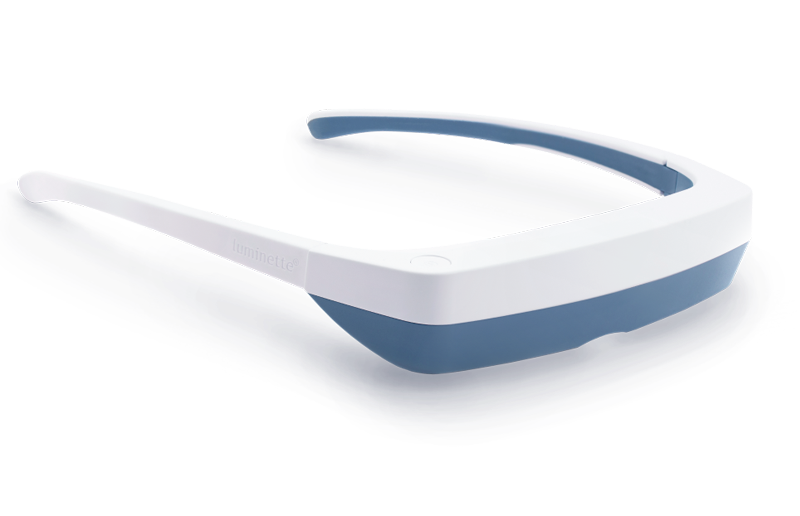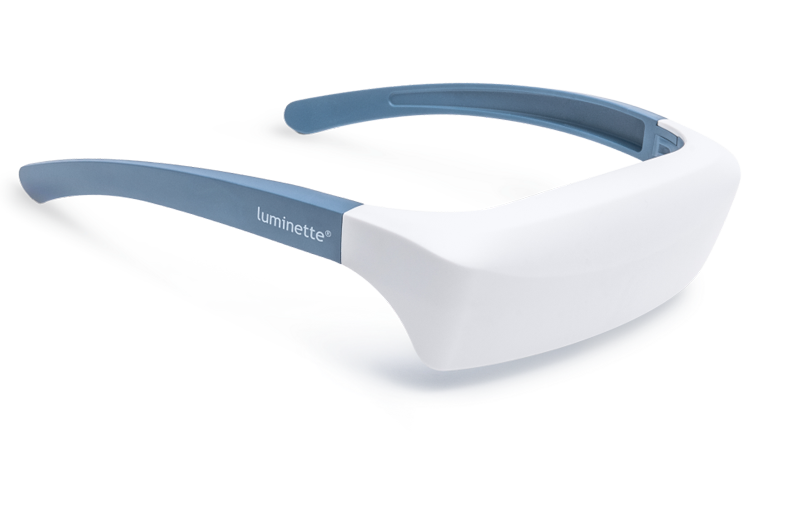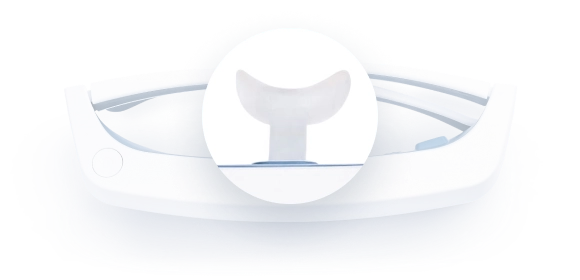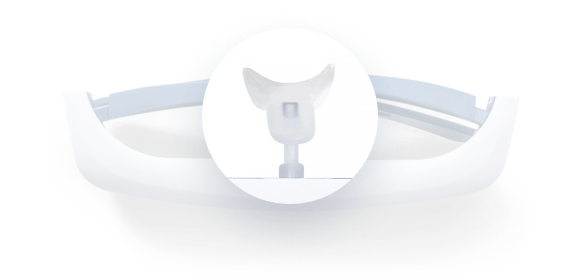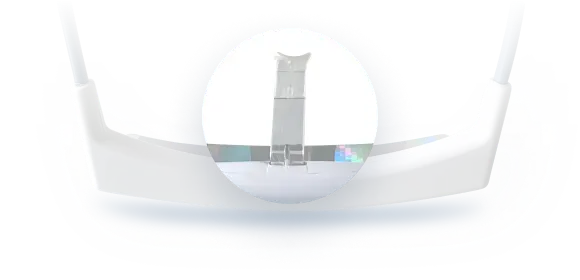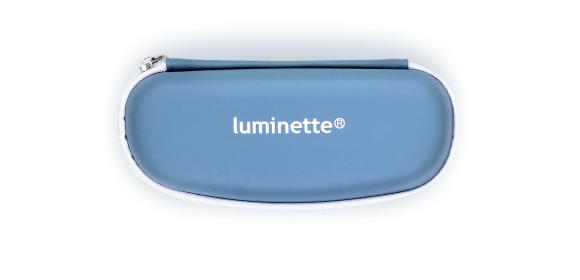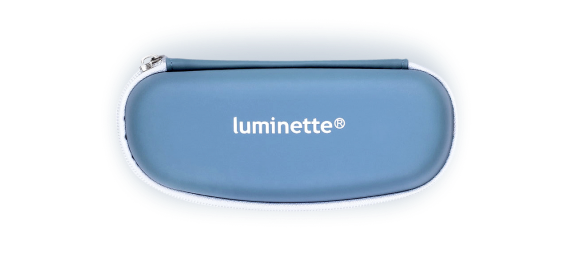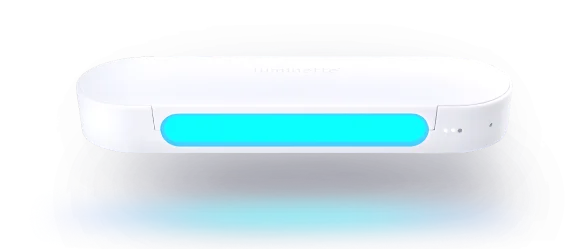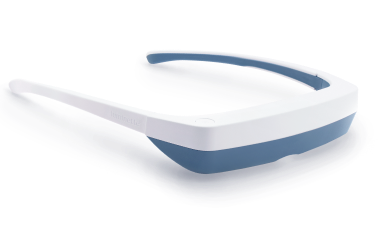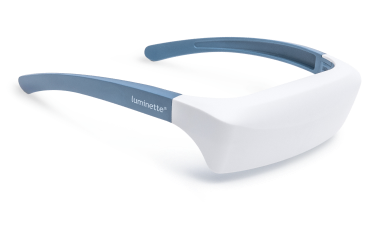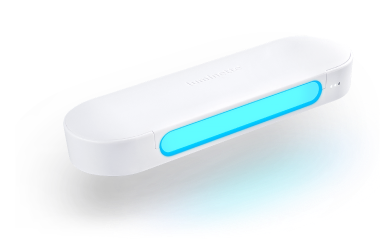Sleep is an integral part of our overall health and well-being. It is the body's natural way of recuperating, allowing our bodies and minds to recover from the day's activities and prepare for the next. However, not everyone is fortunate enough to get a good night's rest. Many people struggle to fall asleep or stay asleep, often due to a myriad of factors such as sleep disorders, overwhelming stress, or even environmental factors such as noise or light. These disruptions in the sleep cycle can lead to detrimental effects on our health and overall quality of life. This is where the innovative approach of light therapy comes into play. Light therapy, a non-invasive treatment method, can potentially offer solutions to these sleep-related issues.
What Is Light Therapy?
Light therapy, which is also commonly referred to as phototherapy, is a therapeutic method that is primarily used to regulate the body's internal biological clock, also known as the body's clock. The fundamental principle behind this therapy is the exposure to specific wavelengths of light. This exposure is meticulously timed for a particular duration each day to ensure optimal effectiveness. The careful calibration of time and light intensity can facilitate a range of physiological changes, which can, in turn, help reset the body's internal clock. This makes light therapy an effective solution for a variety of sleep problems.
Why Is Light Therapy Used for Sleep?
Light therapy, a form of treatment that involves exposure to artificial light, is routinely used in the medical field to address a variety of sleep disorders. These disorders include but are not limited to conditions such as insomnia, a common sleep disorder that can make it hard to fall asleep or stay asleep, and delayed sleep phase disorder, a condition that shifts the sleep-wake cycle to a later time.
The fundamental principle behind light therapy is its capacity to regulate your sleep-wake cycle. Also known as the sleep-wake cycle, it is a 24-hour internal clock that runs in the background of your brain and alternates between sleepiness and alertness at regular intervals. Light therapy can help recalibrate this internal biological clock, making it easier for individuals to fall asleep at night and wake up in the morning. This can significantly improve the quality of sleep and overall well-being of an individual.
The Science Behind Light Therapy and Sleep
Light therapy harnesses specific wavelengths to recalibrate the body’s internal clock, the master regulator of sleep–wake cycles and many vital functions. Specialized lamps emitting bright white or blue-enriched light send signals through photoreceptors in the eyes to the suprachiasmatic nucleus (SCN), the brain’s timing hub. This process boosts daytime alertness by suppressing melatonin release and encouraging cortisol production, while evening darkness naturally triggers melatonin to prepare the body for rest.
Consistent morning exposure to therapeutic light not only advances sleep onset but also improves sleep depth. Studies show that regular sessions can increase the proportion of slow-wave (deep) sleep stages and reduce nighttime awakenings, delivering more restorative rest. Improved sleep architecture supports learning and memory consolidation, enhances immune function, and promotes hormonal balance by optimizing the secretion patterns of growth hormone and other repair-related factors.
Beyond sleep enhancement, light therapy offers performance benefits for people facing irregular schedules or extended screen use. Early-day bright light helps counteract the alertness-sapping effects of late-evening device exposure by reinforcing proper timing cues. Users report sharper concentration, faster reaction times, and reduced daytime fatigue after integrating 20–30 minutes of light therapy into their morning routine. Athletes and shift workers also leverage these effects to maintain consistent energy levels and recover more effectively.
Safety and convenience make light therapy a practical choice for many. Modern devices range from desktop lamps and wearable visors to full-spectrum panels, all designed to deliver a controlled dose without harmful UV emissions or heat. When used according to manufacturer guidelines—typically 10,000 lux for 20–30 minutes shortly after waking—these tools pose minimal risk and require no recovery time. For those with specific health concerns (e.g., photosensitivity or bipolar disorder), a brief consultation with a healthcare professional can ensure proper use.
As research advances, emerging applications are under investigation, including support for metabolic health and mood regulation through serotonin modulation. Early findings suggest that strategic light exposure may influence appetite control and glucose metabolism, offering potential benefits beyond sleep. By strengthening the alignment between external light cues and the body’s timing system, light therapy empowers individuals to achieve deeper, more consistent rest and sharper daytime performance—an increasingly valuable tool in our screen-dominated, around-the-clock world.

How Does Light Therapy Work?
Light therapy, a powerful tool in the management of various health and wellness concerns, works by influencing the body’s clock—our internal clock that governs sleep-wake cycles, mood, energy levels, and hormonal balance. This therapy typically involves exposure to bright artificial light that mimics natural sunlight, which in turn stimulates the suprachiasmatic nucleus (SCN) in the brain, the area responsible for controlling circadian timing.
When this light enters the eyes, it sends signals to the brain to suppress melatonin production (the hormone that makes us feel sleepy) and boost cortisol and serotonin levels, which promote alertness and mood stability. This process helps reset the biological clock, especially for people whose rhythms have been thrown off by irregular schedules, seasonal changes, or lack of natural daylight exposure.
Light therapy is especially effective when used in the morning hours, as this timing aligns with the body's natural cues for waking and activity. Over time, consistent exposure to therapeutic light can lead to improved sleep quality, enhanced mood, better focus, and even regulation of appetite and metabolism. For students, shift workers, or anyone experiencing sleep disruption, integrating light therapy into a daily routine can be a safe, drug-free method to restore internal balance and boost overall well-being.
The Impact of Light Therapy on Sleep Patterns
Numerous clinical studies and scientific investigations have demonstrated that light therapy is not only a natural and noninvasive treatment but also a highly effective method for enhancing both the quality and duration of sleep. This therapy is especially beneficial for individuals suffering from sleep disturbances such as insomnia, delayed sleep phase syndrome, and even jet lag or shift work-related disorders.
When this rhythm becomes disrupted due to irregular sleep schedules, excessive screen time, or lack of exposure to natural daylight, it can cause delayed sleep onset, frequent night awakenings, and morning grogginess. By strategically exposing the body to bright light—especially in the morning—light therapy sends powerful signals to the brain to suppress melatonin at the right time and initiate a healthy wake cycle.
Consistent use of light therapy can help individuals fall asleep faster, wake up more refreshed, and experience deeper, more restorative sleep. Moreover, it may help regulate hormonal fluctuations that contribute to fatigue, low mood, or difficulty concentrating during the day. For students, professionals, and anyone with a demanding lifestyle, light therapy provides a science-backed way to reinforce a stable sleep-wake routine, which is essential for mental clarity, emotional regulation, and physical resilience.
Benefits of Light Therapy for Sleep
Light therapy is a noninvasive treatment that uses exposure to specific types of light to help improve sleep patterns and regulate the body's clock. It has been found to be an effective method for treating sleep disorders such as insomnia and delayed sleep phase syndrome. In addition to its effectiveness in treating these conditions, there are several other benefits of light therapy for sleep.
Natural and noninvasive
Light therapy is a natural and noninvasive approach. It involves exposing the body to artificial or natural light, simulating the effects of sunlight on the body's internal clock. This makes it a safe option for individuals looking to improve their sleep quality.
Improves mood and energy levels
Light therapy has been found to have a positive effect on mood and energy levels, making it an effective treatment for conditions such as the “winter blues.” This is due to its ability to regulate the body's production of serotonin, a neurotransmitter that plays a role in regulating mood.
Can be easily incorporated into daily routine
One of the great things about light therapy is that it can easily be incorporated into your daily routine. Whether you use a light box at home or take advantage of natural sunlight during outdoor activities, you can easily fit light therapy sessions into your schedule. This makes it a convenient option for individuals with busy lifestyles.
Can improve overall sleep quality
Not only does light therapy help regulate the body's clock and improve sleep patterns, but it can also lead to better overall sleep quality. Studies have shown that regular use of light therapy can increase the amount of time spent in deep, restorative stages of sleep, leading to a more refreshing and rejuvenating rest.
Affordable and accessible
Compared to other treatments for sleep disorders, light therapy is relatively affordable and accessible. Light boxes can range from around $25 to $200 dollars, and some insurance plans may even cover the cost. Additionally, natural sunlight is free and readily available, making it a cost-effective option for those on a budget.
Overall, light therapy is a safe, effective, and versatile method for improving sleep quality. It offers numerous benefits and can be easily incorporated into daily routines. If you struggle with insomnia or other sleep disorders, consider giving light therapy a try to see how it can positively impact your sleep and overall health.
How to Use Light Therapy for Better Sleep
To use light therapy effectively for improving sleep, it’s important to go beyond simply sitting in front of a light source and instead build a well-informed routine based on individual needs, timing, and consistency. Whether you're struggling with insomnia or simply seeking more restful sleep, tailoring your approach can dramatically enhance results and long-term benefits.
The most critical factor in successful light therapy is timing. For individuals experiencing delayed sleep (such as night owls or students with inconsistent sleep habits), morning light exposure is most effective. Using a light therapy device—such as a light therapy lamp or wearable light glasses—within 30 to 60 minutes of waking up helps reset your internal clock and signals to your brain that it’s time to be alert and active. This early exposure suppresses melatonin, the hormone responsible for sleepiness, and boosts serotonin and cortisol, which play a role in enhancing mood and wakefulness throughout the day.
Another key consideration is consistency. Light therapy should be practiced daily, preferably around the same time each morning, to entrain the body's clock. Skipping sessions or using light sporadically may delay progress or reduce its impact. A standard session typically lasts between 20 and 30 minutes, but the optimal duration may vary depending on the intensity of the light (usually around 10,000 lux) and the individual’s sensitivity or condition. Some may benefit from shorter or longer sessions depending on how their body responds.
Positioning of the light source is also important. The device should be placed at eye level or slightly above, and the user should be within a reasonable distance (typically 16–24 inches) while doing everyday activities such as reading, eating breakfast, or working on a computer. Directly staring into the light isn’t necessary; peripheral exposure to the retina is sufficient to trigger the desired biological response.
For individuals facing complex sleep disruptions or coexisting mood challenges, consulting a sleep specialist or healthcare provider helps establish an optimal protocol and prevents overuse or misuse of light treatment. Furthermore, evening exposure to therapeutic light should be avoided, as it can interfere with melatonin release and delay sleep onset in sensitive individuals.
To maximize effectiveness, users should also adopt complementary sleep hygiene habits such as reducing screen time before bed, maintaining a cool, dark sleeping environment, and following a consistent bedtime schedule. Combining light therapy with these behaviors supports a holistic approach to improving sleep quality.

Tips for Effective Use of Light Therapy
Maximizing the benefits of light therapy involves more than simply turning on a lamp or putting on a pair of therapy glasses—it requires thoughtful planning and consistency. One of the most crucial factors in determining the effectiveness of light therapy is timing. Research and clinical guidance strongly support using light therapy in the morning, ideally within 30 to 60 minutes of waking up. This early exposure helps to synchronize your internal clock with the natural day-night cycle, enhancing alertness during the day and promoting deeper, more restorative sleep at night.
For students, professionals, or anyone with irregular sleep patterns or screen-heavy routines, morning light therapy can be transformative. It’s recommended to use a light intensity of around 10,000 lux for approximately 20–30 minutes per day. It’s important to maintain a regular schedule—even on weekends—to build a stable rhythm. Avoid using light therapy late in the day, as it may push your sleep cycle back and cause difficulty falling asleep.
To further enhance results, try combining your session with a simple morning habit, such as eating breakfast, reading, or studying. This not only builds consistency but also helps your brain associate light exposure with active daytime behavior. Finally, ensure that the light source is positioned at the correct angle—generally slightly above eye level and about 16–24 inches from your face, depending on the device's power and specifications.
Potential Risks and Considerations
While light therapy is generally considered safe and well-tolerated, it’s still useful to understand how it might fit with your overall health and daily routine. As with any wellness practice, individual responses can vary, and some people prefer to take a more cautious approach—especially if they have medical questions or are using other treatments. Individuals with bipolar-spectrum conditions, for example, may benefit from paying attention to when they use light, as midday sessions are typically considered the safest timing.
Initial side effects for some users can include headaches, eye strain, nausea, or irritability, particularly if sessions are too long or the light intensity is higher than needed. These sensations are usually mild and tend to diminish as your body adjusts to the routine. To help ensure a smooth start, it’s best to begin with shorter sessions and increase duration gradually, paying attention to how you feel during and after use.
If you’d like personalized guidance before adding light therapy to your wellness plan, you can consult a healthcare provider. They can offer reassurance, help fine-tune timing and duration—especially if you want extra clarity around midday use—and provide advice tailored to your overall health and goals.
By taking a thoughtful, responsive approach, you can enjoy the full benefits of light therapy while keeping any unintended effects to a minimum.
Better Sleep Starts with the Right Light: Luminette Products Designed for You
If you're struggling with falling asleep, waking up too early, or feeling tired throughout the day, light therapy may be the key to resetting your body’s internal clock. But for results that truly support healthy sleep, the quality and design of your light therapy device matter. That’s where Luminette steps in.
Luminette 3—Light Therapy Glasses That Fit Your Life
The glasses are engineered to deliver optimal light therapy—without interrupting your routine. Unlike bulky lamps, you wear Luminette like a regular pair of glasses while reading, getting ready in the morning, or having breakfast.
-
Emits blue-enriched white light that mimics natural sunlight (up to 2,000 lux)
-
Helps regulate melatonin levels for better sleep onset and quality
-
Compact, comfortable, and portable—ideal for daily use
Drive—Light Therapy Lamp for Structured Sleep Support
Prefer a stationary solution? The Drive Lamp is a powerful and beautifully designed light therapy device that fits perfectly into your morning routine at a desk or bedside.
-
Emits 10,000 lux of broad-spectrum white light
-
Flicker-free, UV-free, and glare-reduced for comfort and safety
-
Great for early risers, shift workers, or anyone dealing with seasonal sleep disruption
Conclusion
If you are someone who constantly grapples with the disruptive condition of insomnia, or perhaps you are just seeking ways to enhance the quality of your sleep, you might find the solution in the form of light therapy. This innovative approach, backed by science, could be the game-changer you've been searching for. One such device that utilizes this method is the Luminette Light Therapy Glasses. This product, with its unique and user-friendly design, can help you achieve a drastic improvement in your sleep. By simply incorporating its use into your early morning routine, you may find that obtaining a better, more restful sleep is merely a few bright mornings away.
FAQ
What is light therapy for sleep?
Light therapy for sleep is a treatment that involves exposure to specific wavelengths of light for a certain amount of time each day. It is designed to adjust your circadian rhythm, which can help improve sleep patterns.
How does light therapy work to improve sleep?
Light therapy works by mimicking natural outdoor light, which helps to reset your internal body clock, or circadian rhythm. This can help you feel more awake during the day and sleepy at night, thereby improving your sleep.
Who can benefit from light therapy for sleep?
Light therapy can be beneficial for those suffering from sleep disorders such as insomnia, as well as those who have difficulty sleeping due to shift work or jet lag. It can also help those who struggle with winter blues, as it can help regulate sleep patterns.
Can I use light therapy at night to help me sleep?
Light therapy is most effective when used in the morning or early part of the day. Using it at night can actually disrupt your circadian rhythm by delaying melatonin production, making it harder to fall asleep. For better results, aim to use your light therapy device within 30–60 minutes of waking up.
Is light therapy safe for people with sensitive eyes or skin conditions?
Generally, light therapy is considered safe, and most people tolerate it well. If you’d like added reassurance—such as when you have eye or skin concerns or are using other treatments—you can choose to consult a healthcare provider before getting started. It’s also a good idea to begin with shorter exposure times and gradually increase them as your body adapts.
How long should each light therapy session last for optimal sleep benefits?
Most people benefit from 20 to 30 minutes of exposure to 10,000 lux light in the morning. However, duration may vary based on the intensity of the device and individual sensitivity. Consistency is key—daily use is recommended for long-term improvement in sleep patterns and overall well-being.
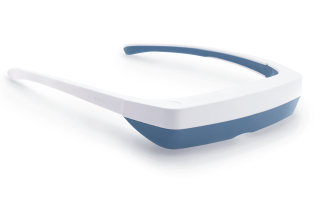
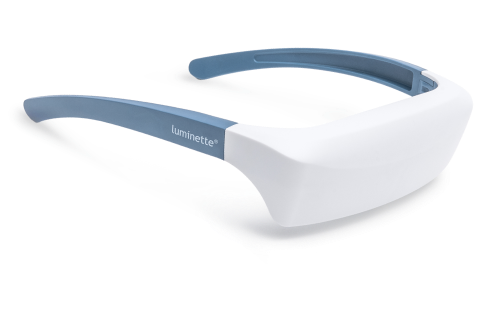
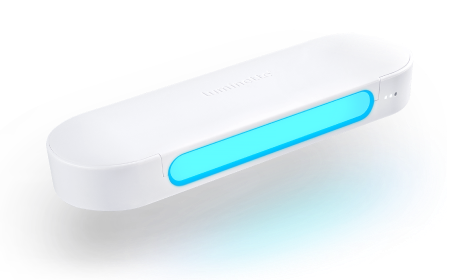
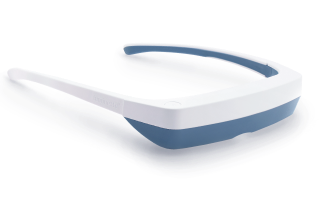
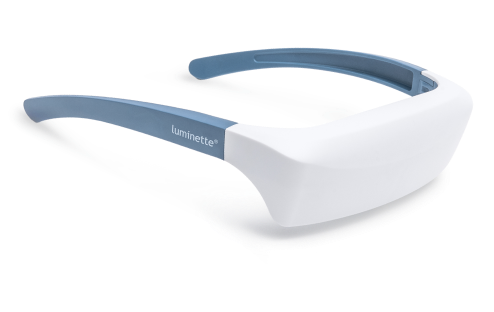

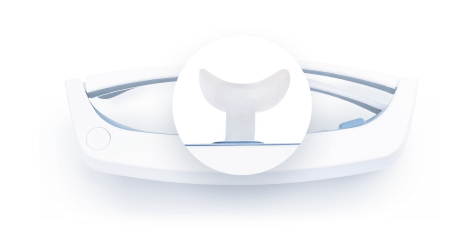
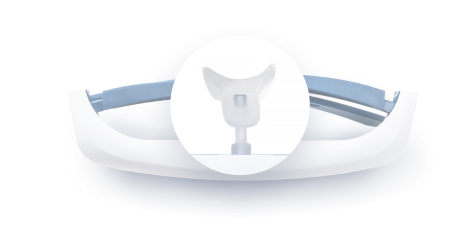
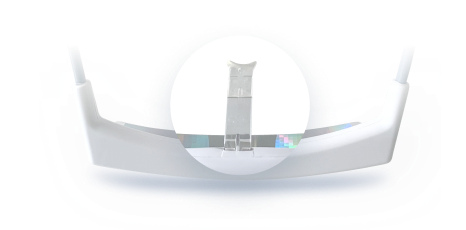
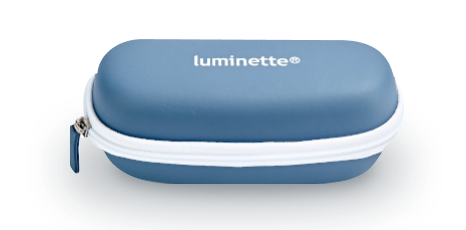
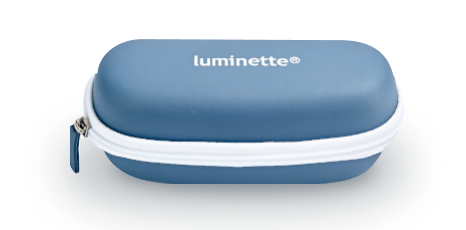
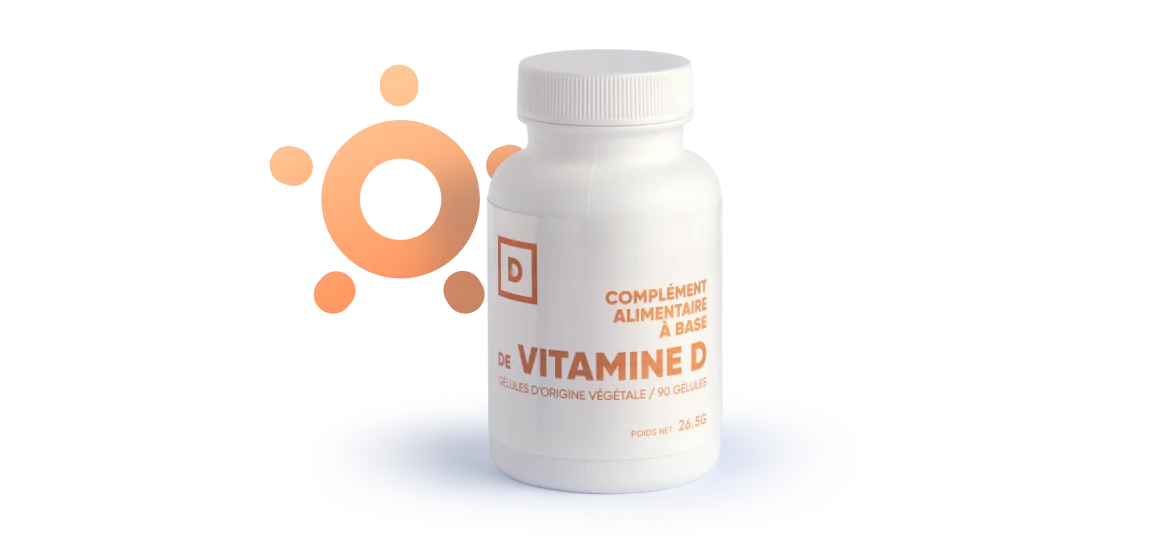




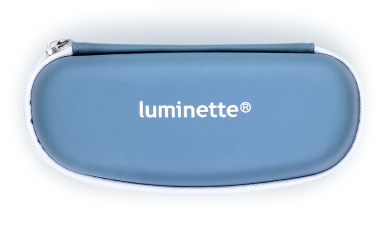
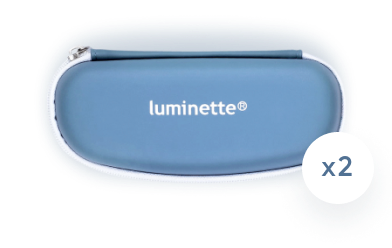
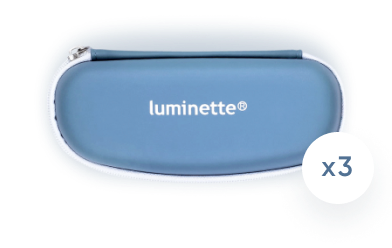
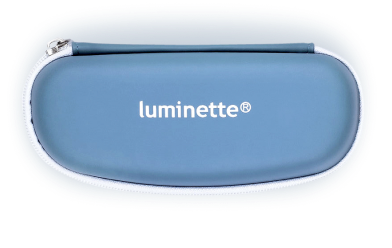


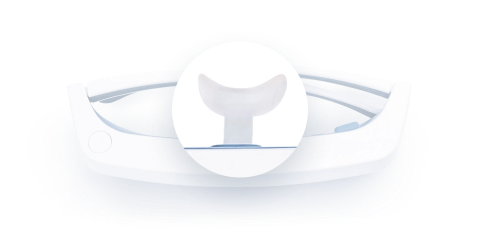

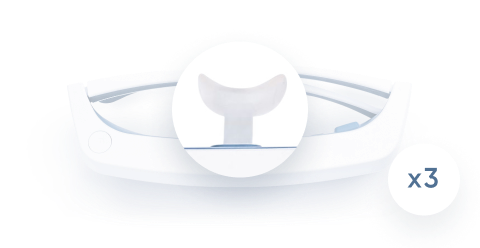






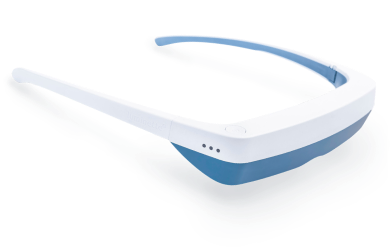
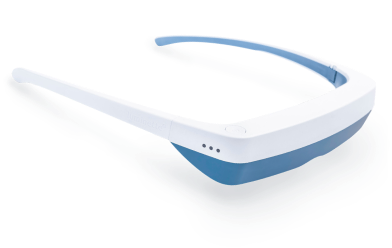
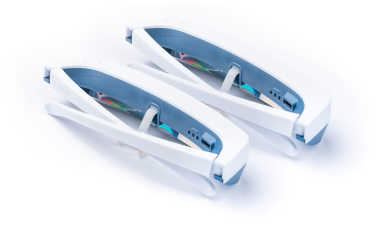
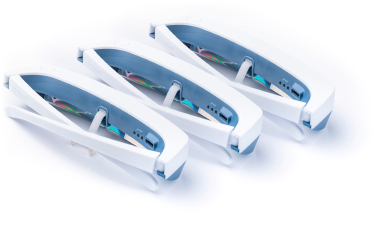
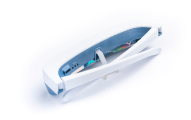
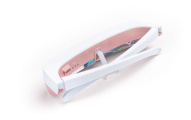

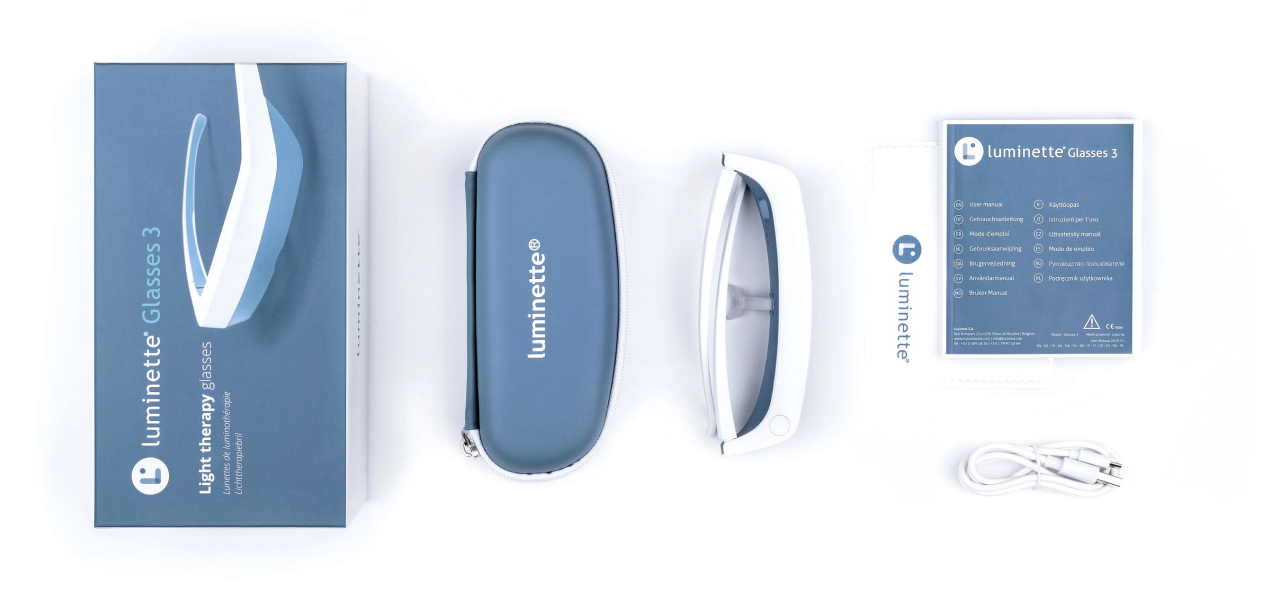
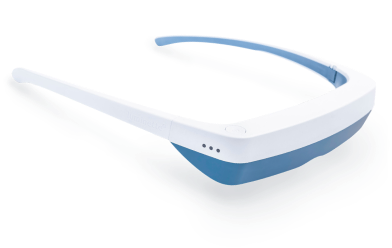
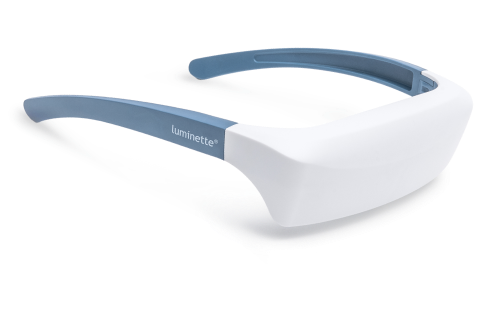
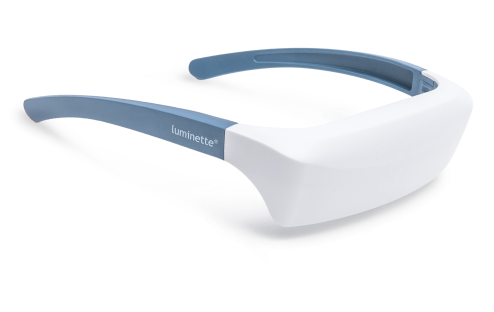

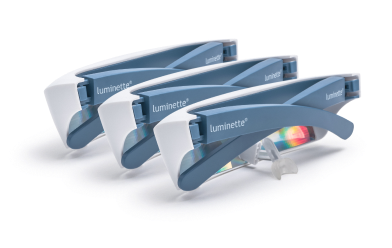

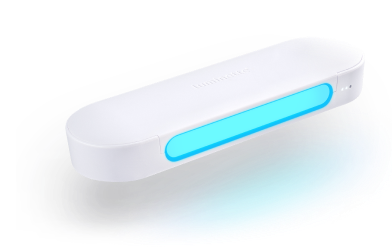
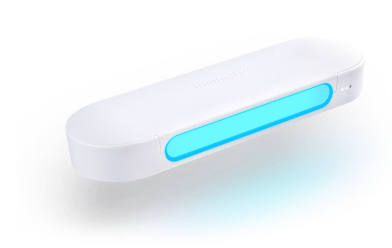

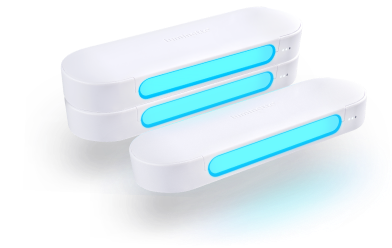


 Please note
Please note



